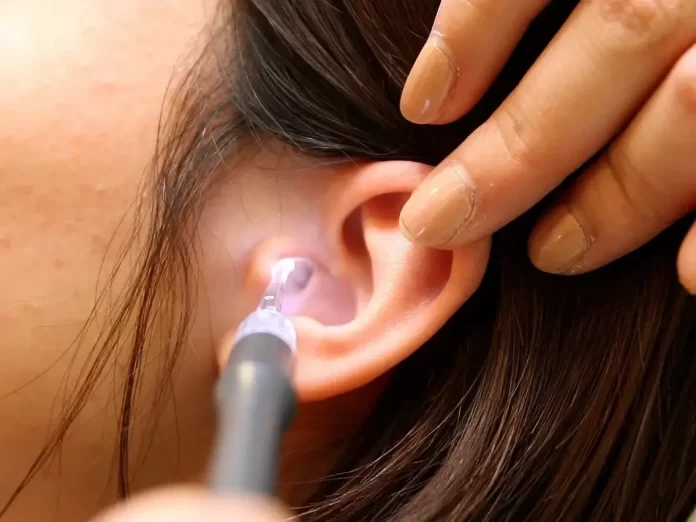Taking care of earwax is important when it comes to regular hearing. Some people can handle earwax on their own, but others might have problems with too much earwax. Worse, this can hurt, make hearing hard, and even cause more problems if not fixed. This article will talk about earwax and the signs you might need help removing them.
Table of Contents
Symptoms of Excessive Earwax
Earwax keeps ears clean and moist, but too much of it can cause problems. When there’s lots of earwax, it might make ears feel weird, and you might not hear as well. Some people feel dizzy or have an itchy ear, and this happens because the extra earwax can block sounds or press against the ear inside.
Discomfort and Special Complications
Too much earwax can make your ear hurt or sound funny, and if it isn’t properly cleaned out, bigger problems can happen. You might get infections, hurt the inside part of your ear called the eardrum, or have earwax that gets stuck. Bacteria or fungi can grow when there’s lots of earwax, which can cause ear infections.
Factors to Excessive Earwax Buildup
Some people have small or twisty ear canals, which make it hard for earwax to come out. If you use hearing aids, earplugs, or earbuds, they can push the wax in deeper. Cleaning your ears too much with things like cotton swabs can also push the wax in. Being in places with lots of dust or pollen or where it’s very humid can make you have more earwax, too.
When to Seek Professional Help
Having too much earwax can lead to discomfort and difficulty hearing. While many attempt to remedy this at home, there are times when it’s wiser to seek medical advice. If you experience intense pain in your ear, feel like it’s plugged, and home solutions don’t alleviate the issue, it’s possibly due to an excess of earwax.
Reduced sound clarity or a ringing sensation in your ears might also indicate a buildup. Additionally, an abundance of earwax can lead to feelings of dizziness or vertigo. Recurring ear infections can also be a sign that you need to address your earwax levels. Lastly, if you notice a visible chunk of earwax that you can’t remove easily, it’s recommended to consult a doctor.
Benefits of Professional Earwax Removal
Getting your ears cleaned by a professional has many benefits. For starters, experts like audiologists or ENT doctors are trained for this job, so they know the best and safest ways to do it. If your ears hurt from too much wax, they can make you feel better quickly.
Without all that extra wax, you’ll find you can hear things much clearer. This means music sounds better, conversations are easier, and everyday noises aren’t muffled. Also, cleaning your ears with a pro is safer because they use the right tools and methods. They can also give you some great advice on keeping your ears clean and healthy in the future.
Choosing the Right Earwax Removal Specialist
Picking the right person to help clean out your ears is important. If you feel like you need an expert to help with too much earwax, it’s good to find the best one. This section will help you know what to look for in an expert.
Qualifications to Look For
Earwax Removal Specialists go through proper certifications. It’s best to have a background in ear health, like being an ear doctor or hearing specialist. Ask your regular doctor or an ear doctor for suggestions to find a good place to get your ears cleaned. You can also look online for reviews and what others say about different places.
Expectations During an Earwax Removal Session
Before getting your ears cleaned, talk with the expert and communicate how your ears feel and if you’ve tried cleaning them before. The cleaning usually is not painful and is done with special tools. It can help you hear better and feel better right away.
The Importance of Ear Health
Professionals can remove earwax safely and help with hearing problems caused by too much earwax. Getting your ears checked when needed is a smart way to care for them.
















